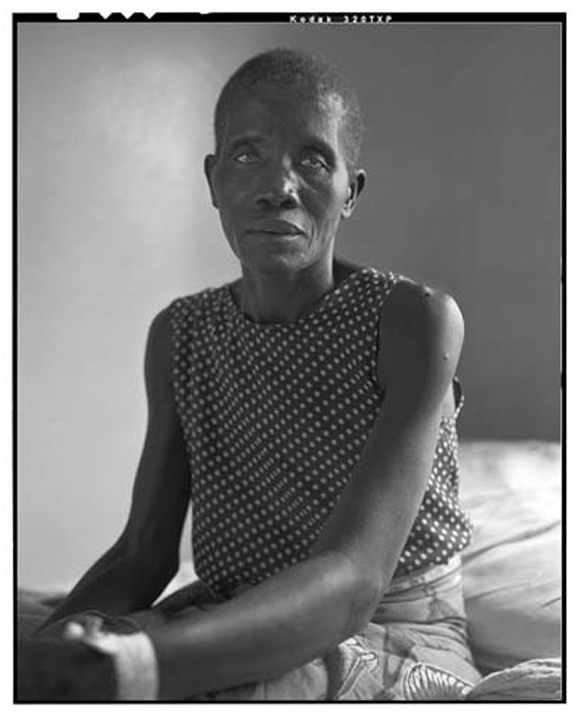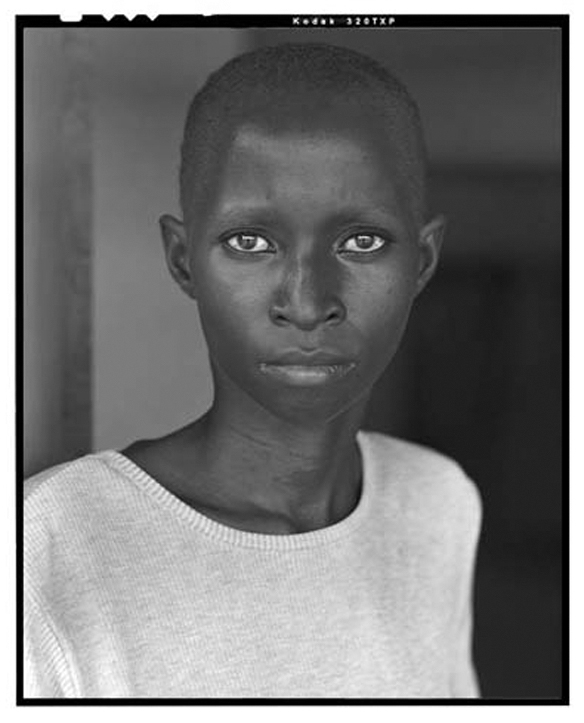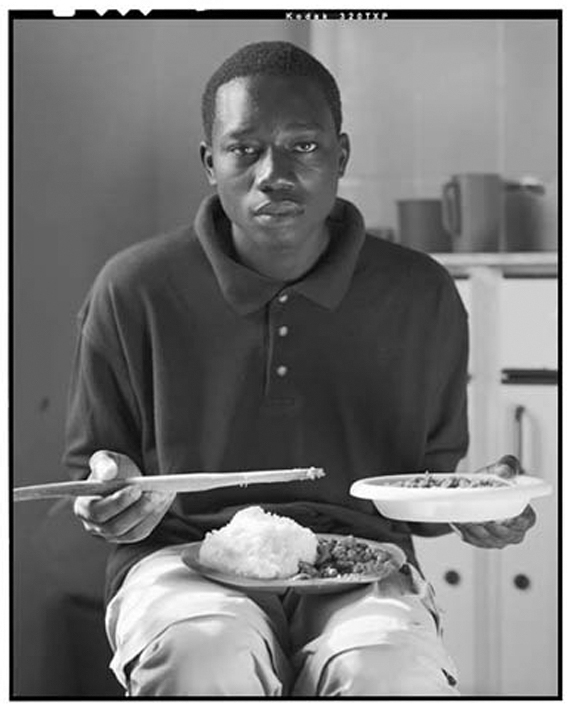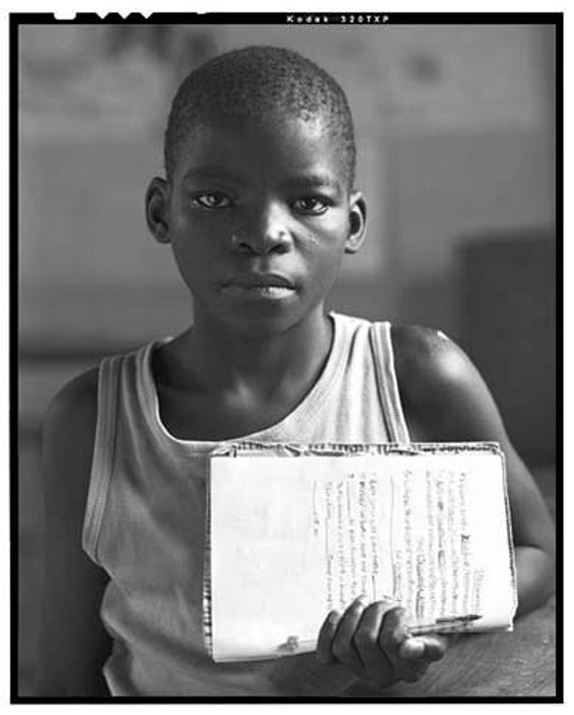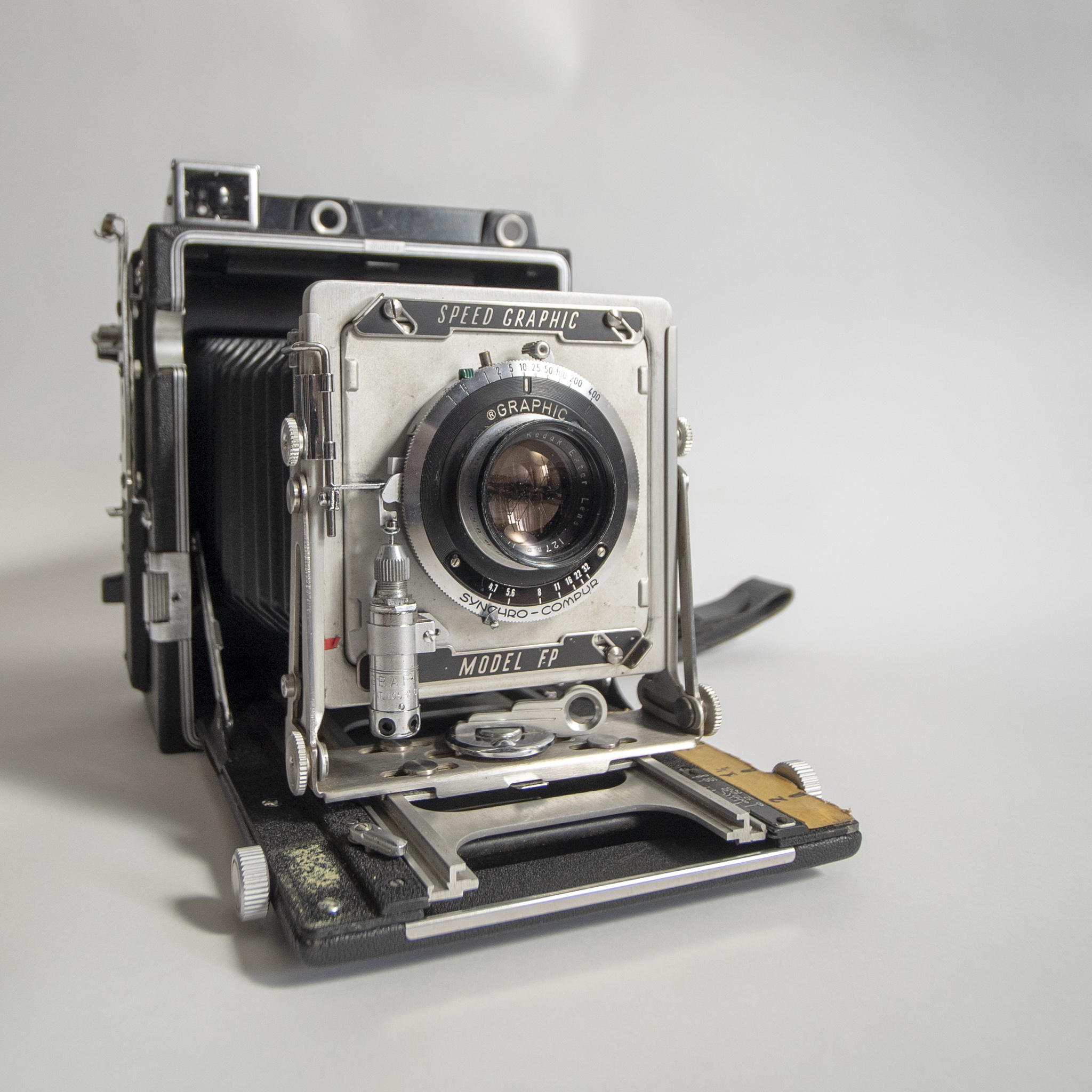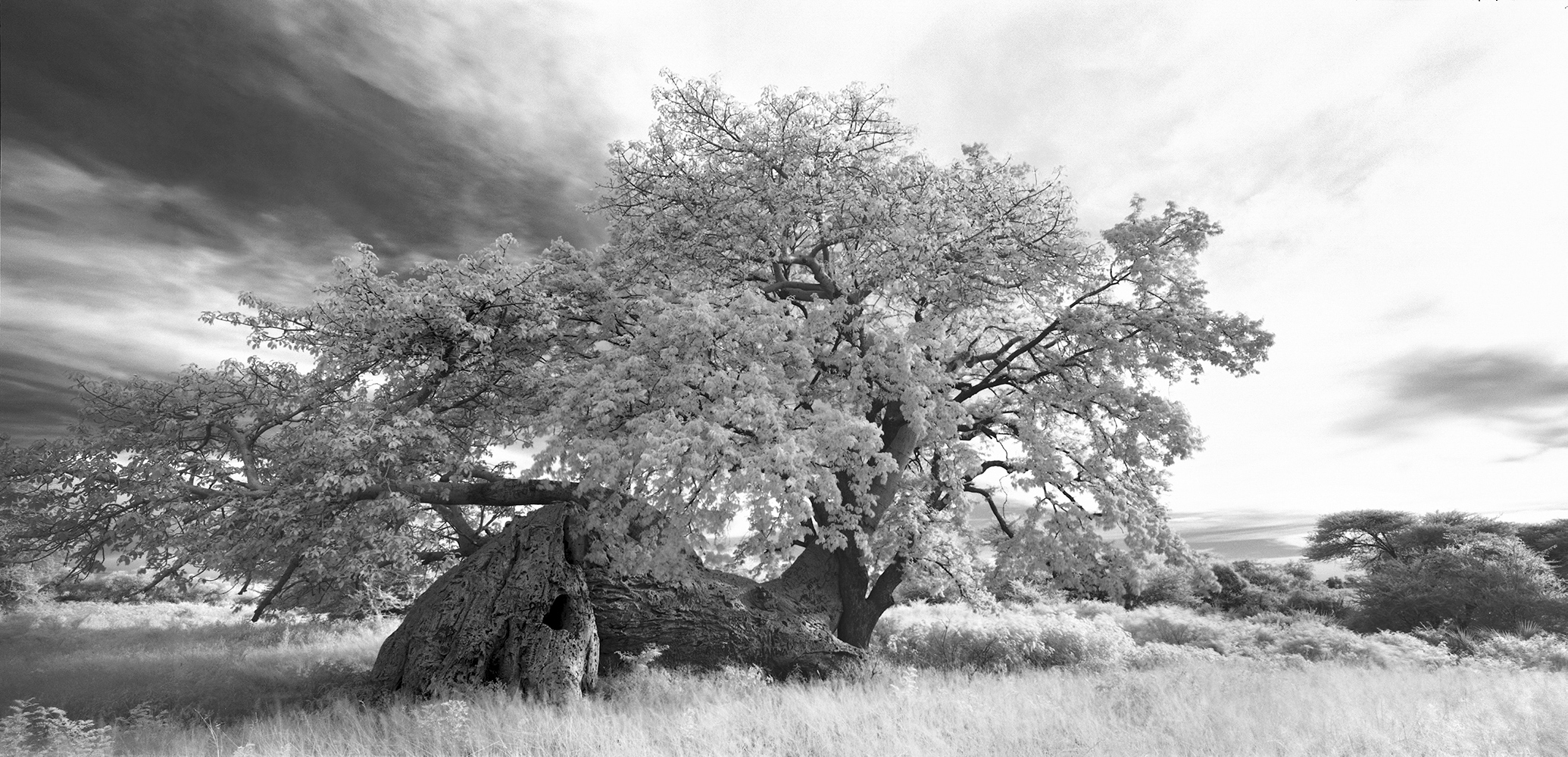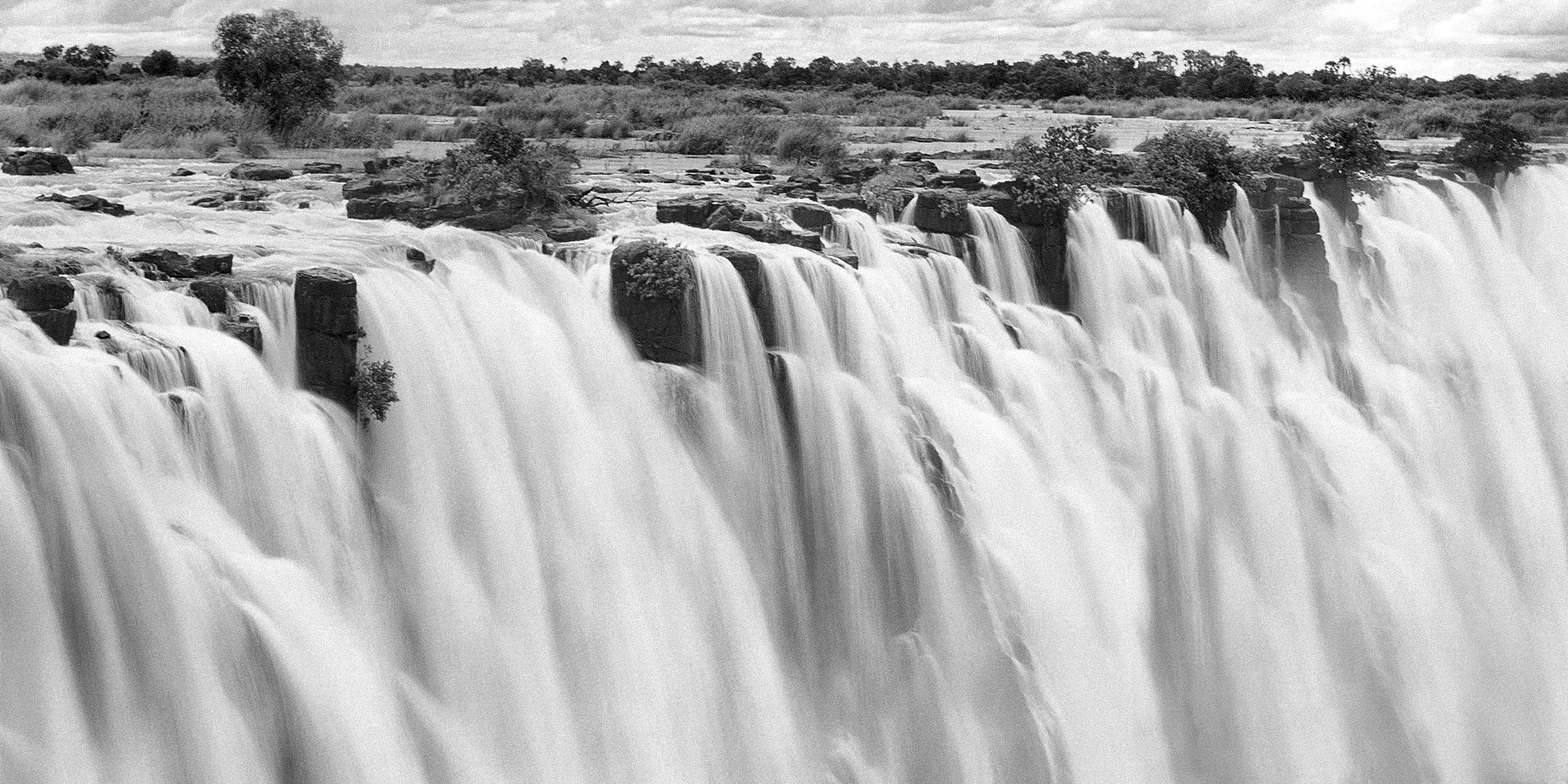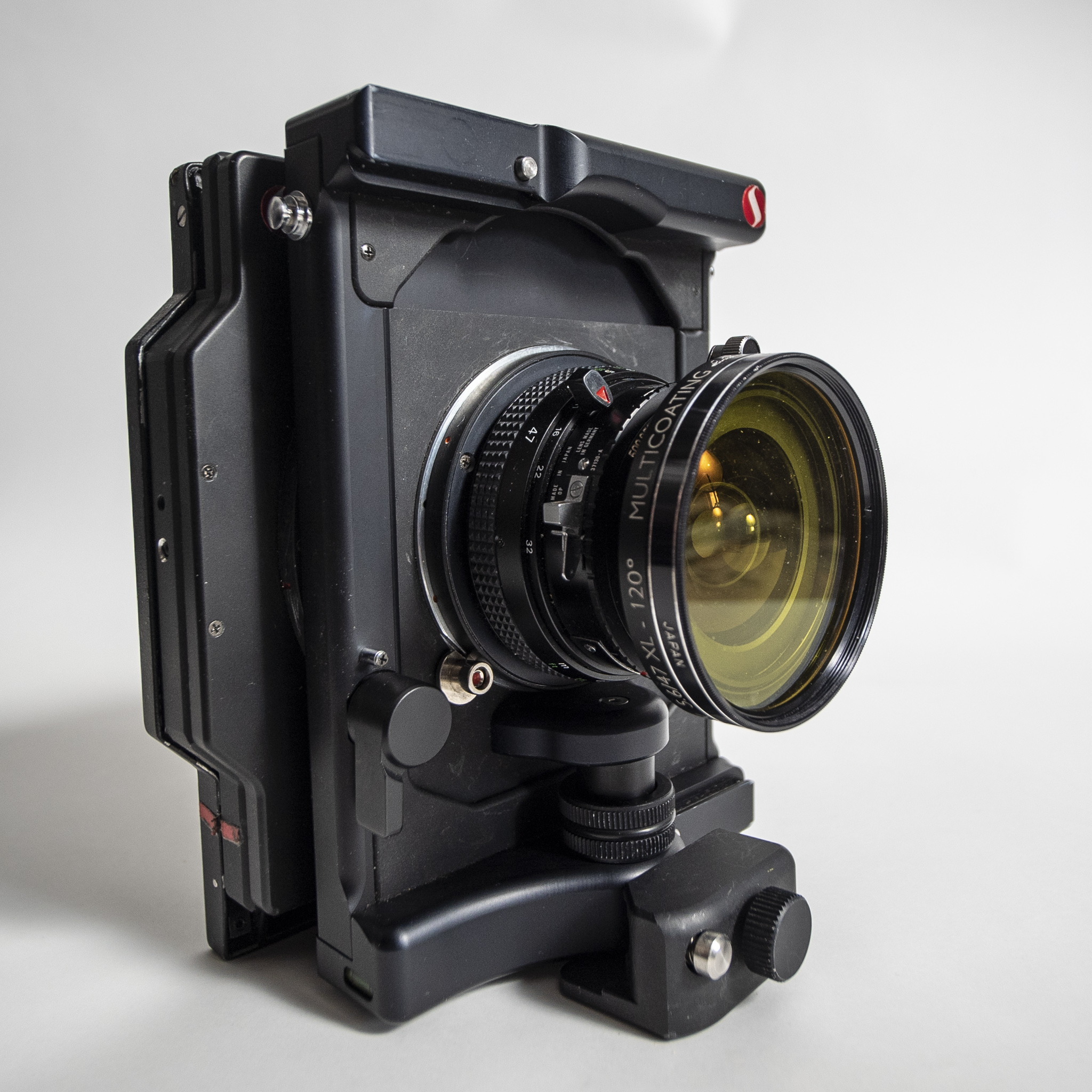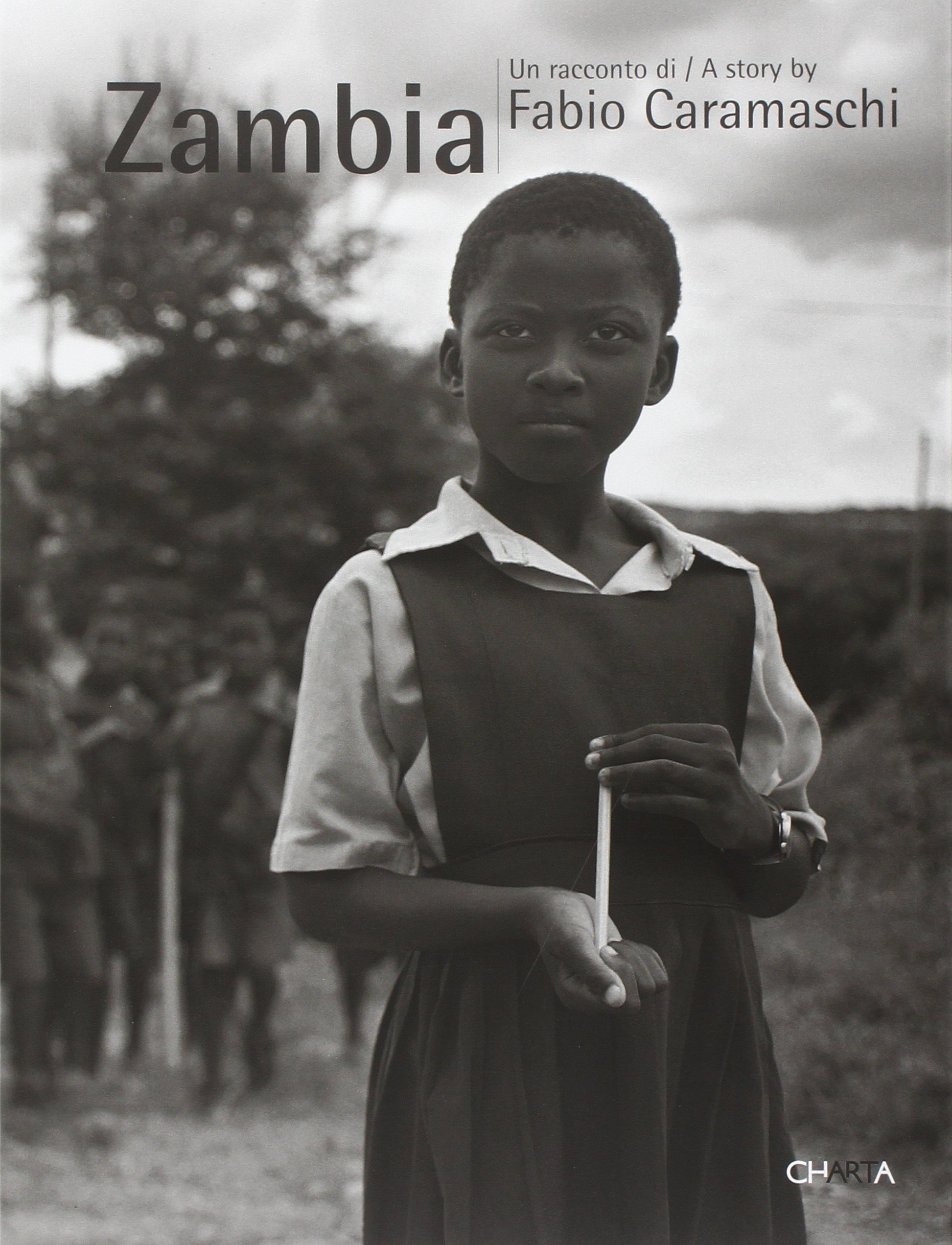
Zambia | A story by Fabio Caramaschi
2006 Milan-New York, 90 BW photographs 21×28 cm
Published by Charta ed., with the preface by Roberto Mutti. Amazon
Carrying a heavy backpack on my shoulders has thought me not to rush too much, and to pause to look, while the curiosity to see beyond the end of the road, across the river, and meet yet another story has pushed me each time to continue my voyage. Crossing Africa with an heavy 4 by 5 inches folding camera has helped me to shoot less and look more. Using sunlight and the human beings I meet as working materials has taught me to see the world as unfinished, open work, in whose creation is still possible to participate.
In order to understand a world, one must adapt to its rhythm and peace. To portray a person one must know how to respect him, and rapidity in creation, in these cases, can be a real enemy. An ode to slowness and the search for unforgettable emotion that strikes whoever has seen the image of the subject in a plate as thought is arose from nothingness are, for Caramaschi, absolutely necessary moments for emphasizing the importance of a photographer’s work, which should never leave aside its dimension of craftsmanship
from the Preface of Roberto Mutti
If it weren’t for people, I wouldn’t take photographs. I have ruffled hair, intertwined hands, lifted faces and directed glances, without anyone even asking me why. They know the photographer, doctor of their image, for a tenth of a second can cure all pain. But the doses are rationed: a single shot for each person and their image is saved on a plate that will keep them as they were in that moment for ever.
GRAFLEX SPEED GRAPHIC FP “PACEMAKER”
Film: Kodak txp 4 x 5, developed in Kodak HC110 | Lenses: 90 mm, 127 mm, and 210 mm.
I’d like to satisfy the curiosity of those like me, when they have a photography book in hand, always go to look for some note on how the photographs were shot, but don’t always find it.
Tired of being made fun and pitied by natives for the pre-war wooden Graflex, with which in the past I had photographed the populations of the Shael, this time I decided to modernize, and I used a Graflex Speed Graphic Pacemaker model fp from the early fifties, loaded with 4 by 5 Txp film.
The lenses, in addition to the legendary 127mm Ektar loved by Weegee, are those optic and horologic jewels that Schneider has for some time made available to those who want to take photographs without rushing.
This publication was supported by Boehringer Ingelheim Italia S.p.A.
